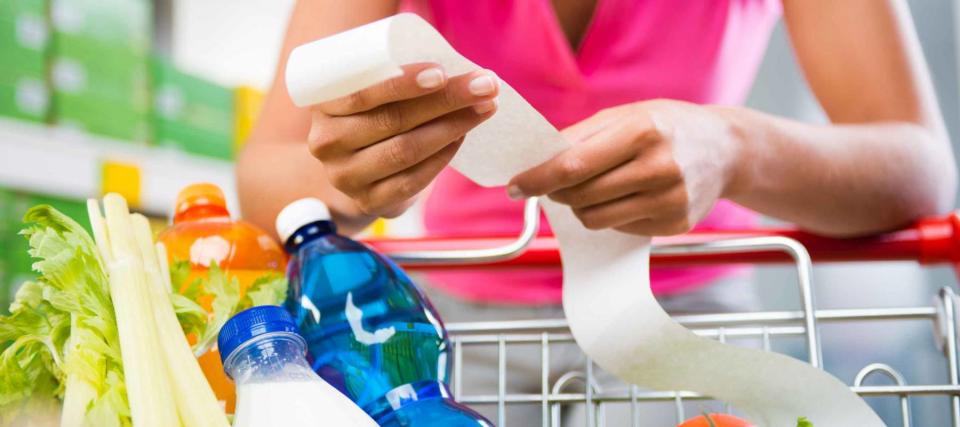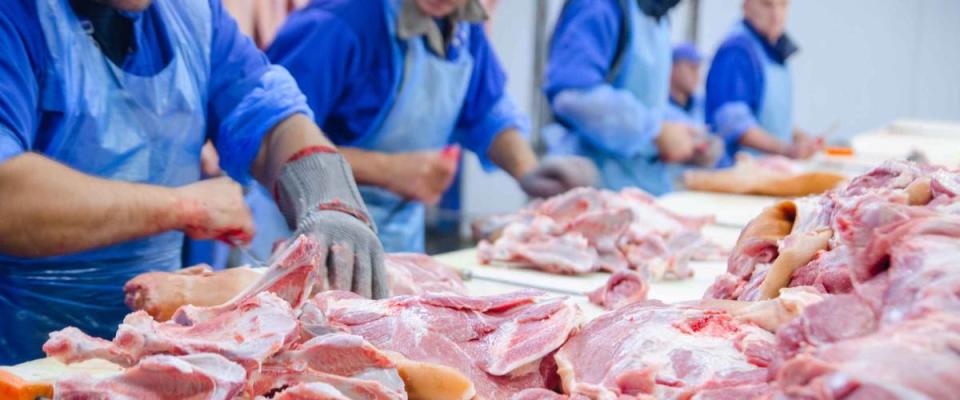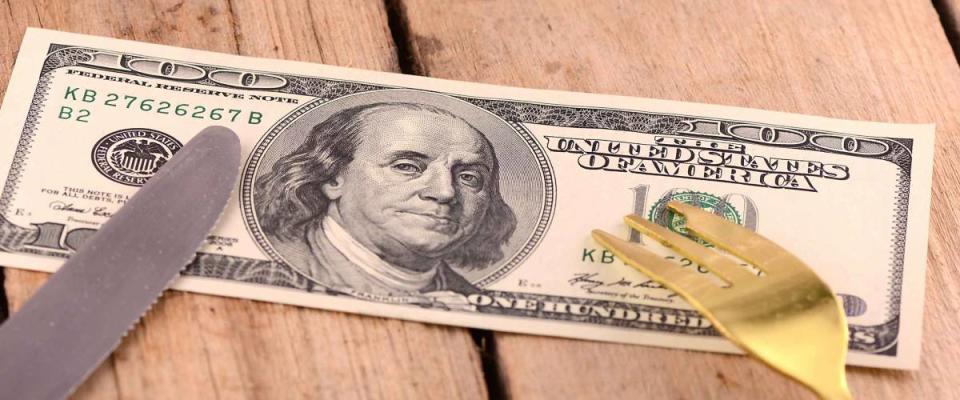Food prices are skyrocketing — and you can blame these 4 reasons

Nothing ruins an appetite quite like rising food prices.
If you’re like most Americans, your grocery runs have been growing more expensive — for months. In 2020 food prices jumped 3.9%, nearly triple last year's overall rate of inflation, according to the government’s Bureau of Labor Statistics, or BLS.
Grocery bills could rise another 3% this year, says the U.S. Department of Agriculture (USDA), and some experts say the price escalation won’t end there. You'll be hankering to find food savings for a long time.
“I think food prices are going to continue to increase for probably a good year, year and a half,” predicts Phil Lempert, founder of SupermarketGuru.com. Here are four reasons U.S. food prices are likely to keep going up.
1. Plummeting food production

Food production, because it so often involves crowded working conditions, was decimated last year, both by COVID-19 shutdowns and a number of widespread outbreaks at packing plants across the U.S.
The lack of product triggered a sharp increase in meat prices. BLS data shows consumer spending on meat increased 5.5% from January 2020 to January of this year.
Processing plants are reopening, but many are now required to invest in technology and new processes to keep their workers safe, including more automation and equipment that can be operated remotely.
And guess who will be absorbing the additional cost.
One way to offset your higher food bills is by cutting your other expenses — like the pricey interest on your credit card debt. You might tame those costs by rolling your balances into a lower-interest debt consolidation loan.
2. Transportation tumult

The pandemic also knocked food distribution off track, adding to the price pressures. The United Nations Conference on Trade and Development found that global shipping dropped for the first time in 11 years during 2020.
International shipping is key to keeping America’s grocers well-stocked. The Food and Drug Administration says the U.S. imports 15% of its overall food supply, often from distant locales including China, Italy and France. And according to one estimate, we import as much as 65% of our seafood from international producers.
Another transportation-related factor in rising food costs is the rapid increase in oil and gas prices. As many Americans decided it was safe to leave their homes again, demand for gasoline bounced back faster than oil producers could increase production.
You can hold down the cost of driving — and balance out the increases in food prices — by finding a better deal on your car insurance. Get rate quotes from several insurers and you're likely to find you can pay less for your coverage, possibly by hundreds of dollars a year.
3. More eating at home

Remember when eating at home, either because the restaurants you liked were closed or because you were working remotely, seemed like a can’t-miss way to save a few bucks on food every week?
Ironically, eating more frequently at home is one of the reasons we’re paying more for food — and scrambling to find creative ways to save and make more money.
With so many families at home for three meals a day, food consumption in the U.S. has exploded. A recent article in the journal Agribusiness reported that half the participants in a food consumption survey said they'd been buying more food than usual during the pandemic, with 33% admitting to stockpiling it.
A few million people eating a few extra lunches at home every week takes a monstrous bite out of the U.S. food supply. As food gets more scarce, there’s really only one direction prices can go.
One easy way to give yourself a regular discount at the grocery store is by using an app that rewards you with cash back — just for snapping photos of your receipts.
4. Wild weather

Extreme weather has hammered the global supply chain. Just look at the recent storms that crippled Texas — and destroyed crops and livestock and badly disrupted food distribution in the Lone Star State.
Texas Agriculture Commissioner Sid Miller told multiple media outlets that dairies were forced to dump 14 million gallons of milk during the crisis.
Texas A&M’s AgriLife Extension Service estimates that the state’s farmers and ranchers lost $600 million and predicts the ultimate result will be food shortages and higher prices around the country.
And that’s just from one storm. In one state. That lasted four days. As events like Texas' truly brutal blizzard become more common and more powerful, the threat to the nation’s food supply will only grow. And so will your grocery bills.
You may have an opportunity to add hundreds to your budget every month if you're a homeowner and haven't refinanced yet. Mortgage rates are still historically low, so if you compare mortgage offers you're likely to find a new loan that will slash your monthly payment.
The outlook for food prices

At this point, you’re probably starving for some good news around food prices. There isn’t much out there to snack on.
The country may be turning the corner on COVID-19, but food-chain instability due to surging global food demand and severe weather related to climate change will continue putting pressure on food prices over the long term.
The USDA estimates that the cost of key food components, like soybeans and wheat, will increase by at least 5% in 2021, further driving up the cost of staples like pasta and cereal. Prices for fruits like apples, strawberries and citrus already have spiked 11.3% this year.
"People will have to get used to paying more for food," Sylvain Charlebois, director of the Agri-Food Analytics Lab at Dalhousie University in Nova Scotia, Canada, told Bloomberg. “It’s only going to get worse.”
That is some truly bitter fruit. You may need to find a side income just to cover your extra grocery costs.
